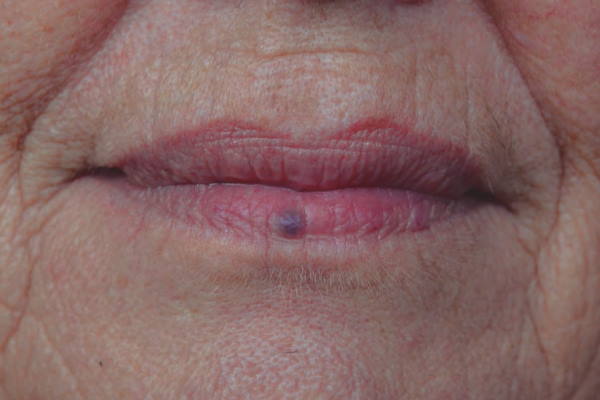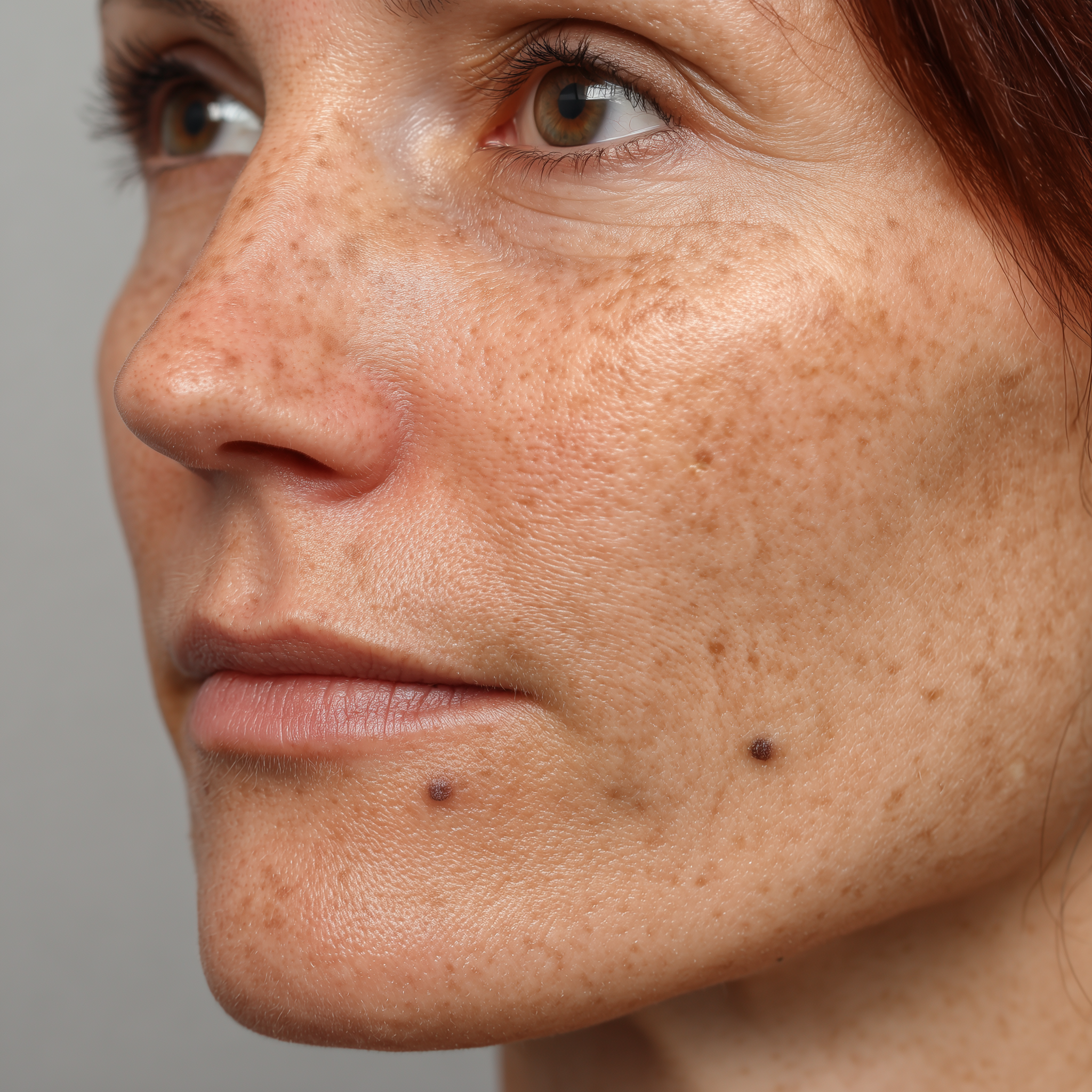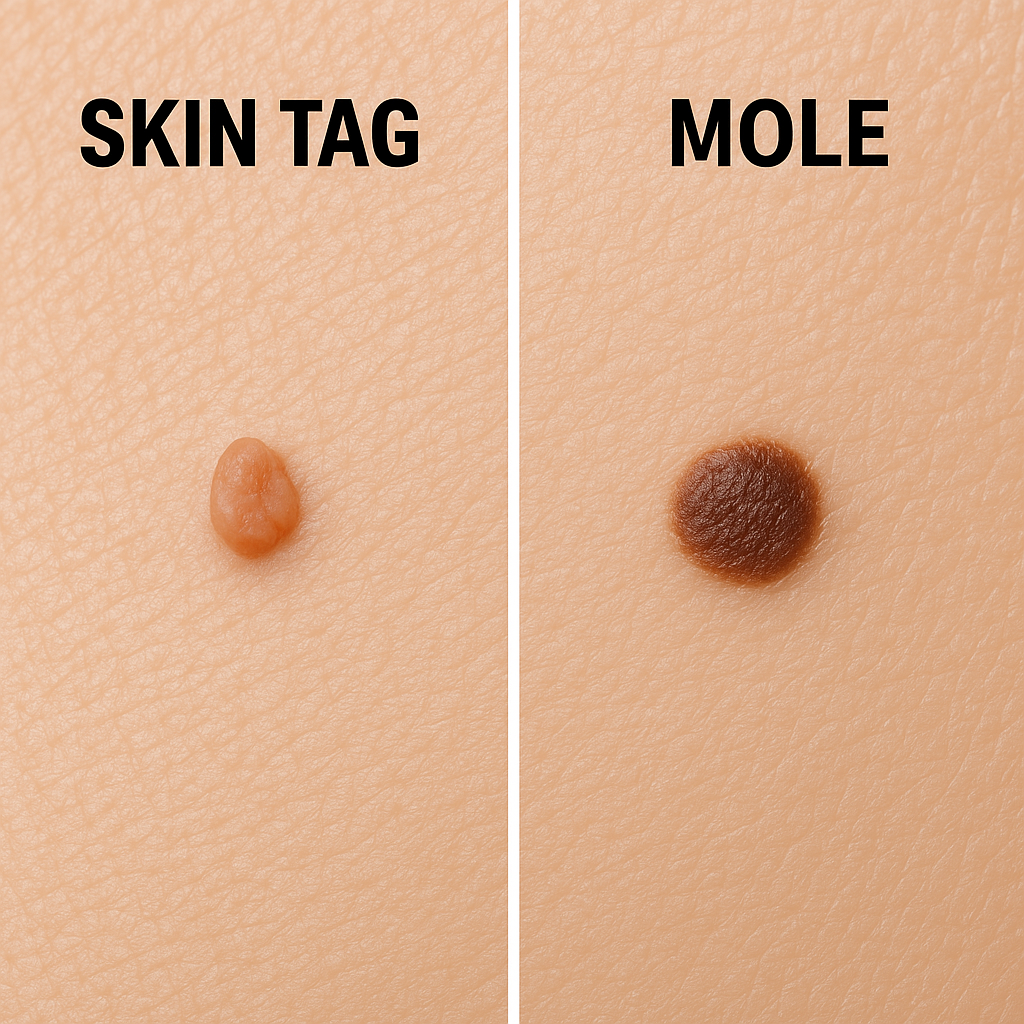A polynucleotide is made up of 13 or more nucleotide monomers that are joined together chemically. Polynucleotides are very big molecules (up to 8000 kDa) and have a very thick and thin structure.
There is an organic molecule called a nucleotide that has a nitrogenous base, a sugar, and a phosphate group. DNA and RNA are the most common polynucleotides. They are very important to all living things.
Biopolymers called polynucleotides are naturally long and sticky. They can bind water effectively and make a 3D gel. Polynucleotides will be broken down into oligonucleotides in the body, which will then be slowly released along with water. Polynucleotides make cells grow, cells of various types move around, collagen is made, and inflammation is decreased.
Polynucleotide has been used in medical products for more than 20 years, mostly because it helps wounds heal (1). While straight and long polynucleotides molecules are added to hydrogels, they change the rheological qualities of the hydrogels, making the gels firmer. Polynucleotides have become more popular in dermatology over the past few years because they can rejuvenate and heal the skin.
In beauty and cosmetic dermatology, polynucleotides come in a variety of forms, from creams to fillers that are injected.
Polynucleotides are used to rejuvenate the skin because they reduce inflammation and help wounds heal. The environment for fibroblasts is better when polynucleotides are present because they increase hydration and cells activity.
Several studies done in the lab have shown that polynucleotides seem to make cells release more collagen and elastin into the skin. In this way, goods with PNs lead to a more natural regeneration of skin.
Polynucleotide-based products can also make the skin look better in other ways. Studies have shown that people 30 years old had significant improvements in their skin thickness and pore size. People 40 years old had improvements in their skin tone, melanin, wrinkles, and sagging. In a clinical study, polynucleotides also made the skin more elastic and maintained it hydrated. The treatment received high patient satisfaction (2).
A study (3), which compared a non-crosslinked hyaluronic acid filler and a polynucleotides, looked at their adaptation, hydration, skin roughness, pore volume, and skin density. Both of the fillers made the skin more elastic and hydrated over time.
Figure 1A, on the other hand, shows that over time, the polynucleotides performed better in terms of keeping the skin hydrated than the hyaluronic acid filler.
Figure 1B shows that the polynucleotides treatment had better long-lasting effects on rough skin than the hyaluronic acid filler treatment. Over time, the rate of improvement for the polynucleotides tended to go up, while for the HA filler, it tended to go down.
For pore size, the results were the same, as shown in figure 1C.
Finally, there was no noticeable change in dermal density between the two fillers (figure 1D).

Figure 1. Improvement rates of (A) hydration, (B) roughness, (C) pore volume and (D) dermal density in the polynucleotide (PN) and hyaluronic acid (HA) filler groups (*p<.05). Modified and used under Taylor & Francis thesis/dissertation reuse license from RightsLink® (3).
The study’s conclusion was that the fillers work on the skin in different ways. So, injecting the fillers at the same time might have a positive effect on the skin’s appearance (3). Another study that looked at polynucleotides for skin rejuvenation found that many experts in dermatology, plastic surgery, and aesthetic medicine back using both polynucleotides and hyaluronic acid together in dermal fillers. Their conclusion came from the fact that hyaluronic acid and polynucleotides work well together because hyaluronic acid moisturises and polynucleotides stimulate the skin.
In the survey, 557 doctors who treated the face with polynucleotides participated. Within this group, over 88% of aesthetic practitioners stated that polynucleotides were “effective” or “very effective.” Furthermore, they agreed that polynucleotides exhibit the following attributes: anti-inflammatory (79.5%), hydration (90.5%), vascular stabilization (81.0%), wound healing/regeneration (95.8%), and protection of the skin barrier (92.2%).
1. Colangelo MT, Belletti S, Govoni P, Guizzardi S, Galli C. A Biomimetic
Polynucleotides–Hyaluronic Acid Hydrogel Promotes Wound Healing in a Primary Gingival
Fibroblast Model. Appl Sci. 2021;11(10):4405.
2. Cavallini M, Bartoletti E, Maioli L, et al. Consensus report on the use of PN‐HPT (polynucleotides highly purified technology) in aesthetic medicine. J Cosmet Dermatol. 2021;20(3):922‐928.
3. Lee YJ, Kim HT, Lee YJ, Paik SH, Moon YS, Lee WJ, et al. Comparison of the effects of polynucleotide and hyaluronic acid fillers on periocular rejuvenation: a randomized, double-blind, split-face trial. J Dermatol Treat. 2022;33(1):254–60.
Check with Skinoza team to see how well you are handling the polynucleotide treatment so you understand what can be done with it. This is all about helping you stay safe and at less of a risk of serious problems when using these.
Ask your trusted Skinoza clinic today for the procedure that suits you! Find Polynucleotide Treatment Near You:
1. Skinoza Orpington, Bromley near Chislehurst, Bickley, Beckenham, West Wickham, Sidcup and Swanley
2. Skinoza Greenwich near Canary Warf, Deptford, Surrey Quays and Kidbrooke Village
3. Skinoza Blackhorse Road, Walthamstow near Tottenham Hale and Seven Sisters
We are experts in polynucleotide treatment in London
Please feel free to get in touch for a free consultation and start your journey towards enhanced beauty.





